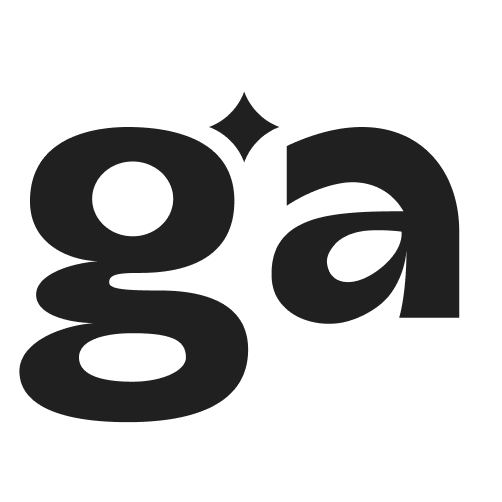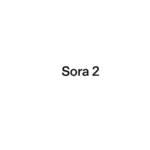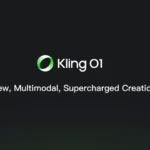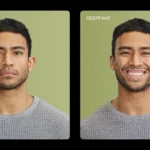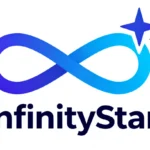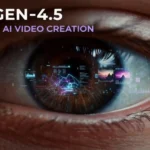The global race to dominate AI video generation has entered its most intense phase yet. On October 10, 2025, tech media outlets leaked early samples of Google Veo 3.1, sparking immediate industry debate. The clips—eight-second, 720P videos with native audio synchronization—showed erupting volcanoes with lava roars in perfect rhythm, alongside cyberpunk robots with metallic soundscapes aligned to every joint movement.
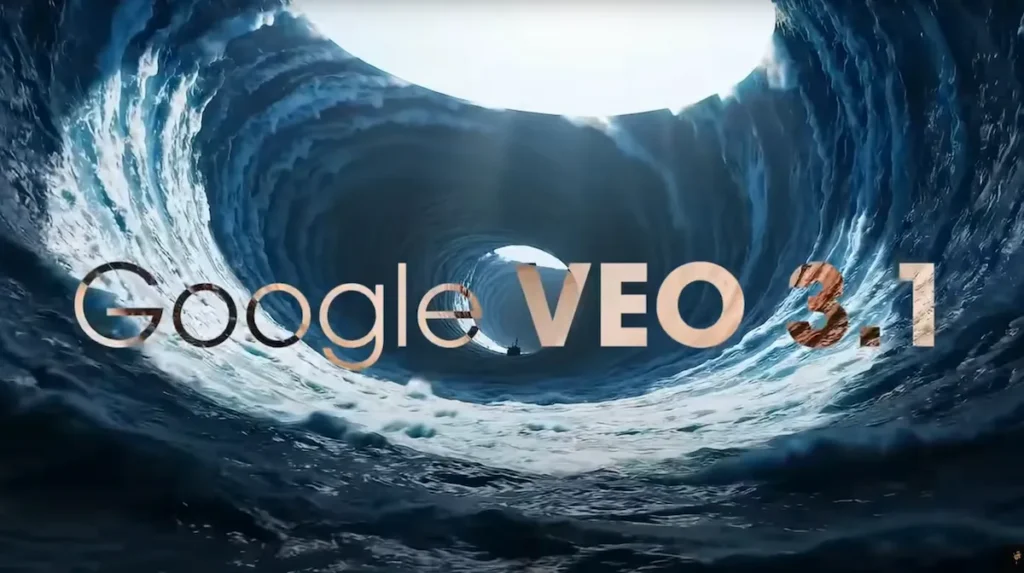
For context, Google Veo 3.1 is the successor to the well-received Google Veo 3, and it lands just months after OpenAI’s Sora 2 climbed the App Store charts. With spatial-temporal audio coupling algorithms, improved physics simulation, and multi-prompt comprehension, Veo 3.1 marks a decisive leap forward.
But the real question is: in the “world model” arms race—the contest to control how machines simulate physical reality and human intention—does Veo 3.1 meaningfully challenge Sora 2’s consumer dominance? Or does it stake out a different role, as a professional-grade tool for creators, studios, and businesses?
This deep-dive explores the technical upgrades, direct comparisons, industry impact, and professional alternatives shaping the future of AI video.
Table of Contents
Veo 3 vs. Veo 3.1: The Three Technical Leaps Reshaping AI Video
Breakthrough 1: Native Audio-Visual Synchronization
One of the most striking shifts in Veo 3 vs. Veo 3.1 is audio. While Veo 3 relied on modular sound pipelines, Veo 3.1 integrates native audio generation directly into video rendering. The key innovation: Google’s Spatio-Temporal Audio Coupling Algorithm, which converts motion trajectories into frequency spectrums.
In tests, the model achieved an error margin under 0.1 seconds—far surpassing Sora 2, which still requires post-composite audio syncing with an average delay of 0.3 seconds. In practice, this means lava explosions sound exactly as they erupt on screen, while mechanical whirs follow every robotic movement without perceptible lag.
This shift not only enhances immersion but also eliminates the need for costly post-production alignment.
Breakthrough 2: Enhanced Physical Simulation and Consistency
Another key leap lies in physics. Previous versions, including Veo 3, often struggled with scale mismatches—objects or characters shifting size or bending unnaturally. Veo 3.1 addresses this using a 5-layer local + 1-layer global attention architecture.
Benchmark tests reported:
- 89% biomechanical accuracy in “dinosaur walking” prompts (compared to 72% in Veo 3).
- 92% fix rate for scaling inconsistencies, a notorious flaw in Veo 3.
By contrast, Sora 2’s physical accuracy rates plateaued around 80%, particularly in fluid dynamics and joint articulation. For creators, Veo 3.1 offers more believable motion across complex scenes, from volcanic eruptions to lifelike creature animation.
Breakthrough 3: Evolution in Prompt Understanding
AI video quality depends on how well a model interprets prompts. Google Veo 3.1 advances here as well. It follows a four-element parsing method: subject – background – action – style, enabling precise control.
For example, the prompt “A 30-year-old commuter drinking coffee at a foggy bus stop, wide-angle lens, warm realist tone” produces consistent fog density, cup reflections, and natural character gestures.
In structured tests:
- Veo 3.1 achieved 91% accuracy on 128-word complex prompts—a 27% improvement over Veo 3.
- Repetition errors dropped to just 8%, compared to 22% in Veo 3.
This makes it a far more reliable tool for professional creators working with detailed scripts or layered visual concepts.
The Direct Face-Off: Google Veo 3.1 vs. Sora 2 Parameter Battle
The Tripartite Market: Specs and Strategic Focus
Here’s how Google Veo 3.1 vs. Sora 2 stack up:
| Metric | Veo 3.1 | Sora 2 |
| Resolution | 720P (reports of 1080P in updates) | 1080P |
| Duration | 8–30 seconds (rumored up to 1 min) | 10 seconds |
| Audio Sync | Native (<0.1s error) | Post-Composite (<0.3s) |
| Physics | 89% biomechanical accuracy | 80% fluid dynamics accuracy |
| Market Share | 22% | 25% |
The takeaway: Veo 3.1 is not competing head-on with Sora 2’s consumer-grade realism. Instead, it targets the professional creative class.
The Professional Tool Chain: Veo 3.1’s Differentiated Strategy
Google’s strategy is clear: focus on professional workflows rather than casual social use.
- Multi-shot character consistency ensures characters retain identical appearance across scenes.
- Already adopted by studios like Laika, Veo 3.1 reportedly cut storyboard preview cycles from 12 weeks to just 3 days.
- Integrated in Google Vids and Vertex AI, it fits seamlessly into enterprise pipelines.
Where Sora 2 appeals to viral creators and Kwai scales to mass content production, Veo 3.1 positions itself as the “professional’s AI video model.”
The New Creative Paradigm: How Veo 3.1 is Redefining Media Production
Cost Revolution in Advertising and Marketing
Adoption is already rapid: 12,000+ companies are connected to Veo 3.1’s API. For advertisers, the numbers are striking:
- 300% productivity gains in campaign video generation.
- 1/20th production cost compared to traditional shoots.
- Example: A fast-moving consumer brand used Veo 3.1 to generate 12 ad variations in 2 hours, replacing multi-day studio shoots.
For marketers, this is not just cost-cutting—it’s speed and creative iteration at unprecedented scale.
Efficiency Gains vs. the “Authenticity Crisis” in Education
In education, Veo 3.1 cuts production time for training videos drastically. Medical anatomy clips once requiring three days now take just 15 minutes.
But efficiency comes with risks. Teachers have already misused Veo 3.1’s dinosaur hunting sequences as factual content, raising fears of an “authenticity crisis.” Without labeling systems, students risk mistaking algorithmic fabrications for scientific truth.
The double edge of Veo 3.1 is clear: faster knowledge delivery vs. potential erosion of factual trust.
A Specialized Alternative: Experience Professional Quality with Gaga AI Video Generator
The GAGA-1 Model Advantage: Realistic Avatars and Seamless Sync
While Veo 3.1 and Sora 2 dominate headlines, specialized alternatives are carving out space. Gaga AI, powered by its GAGA-1 model, focuses on a different challenge: delivering realistic avatars, character consistency, and flawless audio-visual sync.
This makes it a strong choice for creators working on longer narratives, branded avatar content, or digital actors, where 8-second to 10-second clips fall short.
Free Trial for Creators: Beyond the General-Purpose Titans
Unlike invite-only or enterprise-locked models, Gaga AI offers a free trial, lowering the barrier for creators, educators, and marketers to experiment.
Its professional focus—rather than mass consumer adoption—positions it as an accessible yet advanced alternative, ideal for anyone needing consistent, character-driven storytelling.
The Ethical Crossroads: Deepfakes, Regulation, and the “World Model” War
The realism of Google Veo 3.1 has already been weaponized. In October 2025, a deepfake of Elon Musk “announcing Tesla’s bankruptcy” went viral, hitting half a million shares before takedown.
Regulators are reacting:
- The EU AI Act (2026) mandates C2PA metadata for all generative video.
- China’s interim AI rules demand human moderation for political/economic content.
- Google has pledged default watermarking in Veo 3.1, but red-team tests show 92% bypass rates with minor parameter tweaks.
The larger war is over the “world model” itself—whoever best simulates physics and human intent will define the creative future.
Final Thoughts
Google Veo 3.1 is more than an incremental upgrade. Its native audio sync, improved physics, and multi-prompt parsing represent meaningful steps toward professional-grade AI video tools. Yet, as Sora 2 captures mass consumer attention and Kuaishou Kwai scales global output, Veo 3.1 is carving out a distinct role: the professional creator’s ally.
But the arms race is accelerating. As AI videos blur fact and fiction, creators and businesses alike face a crucial question:
Will the future of AI video be defined by creative liberation or by an erosion of trust in reality itself?
For professionals, the path forward requires robust, specialized tools—whether from Google, OpenAI, or rising challengers like Gaga AI—that balance speed, quality, and responsibility.
